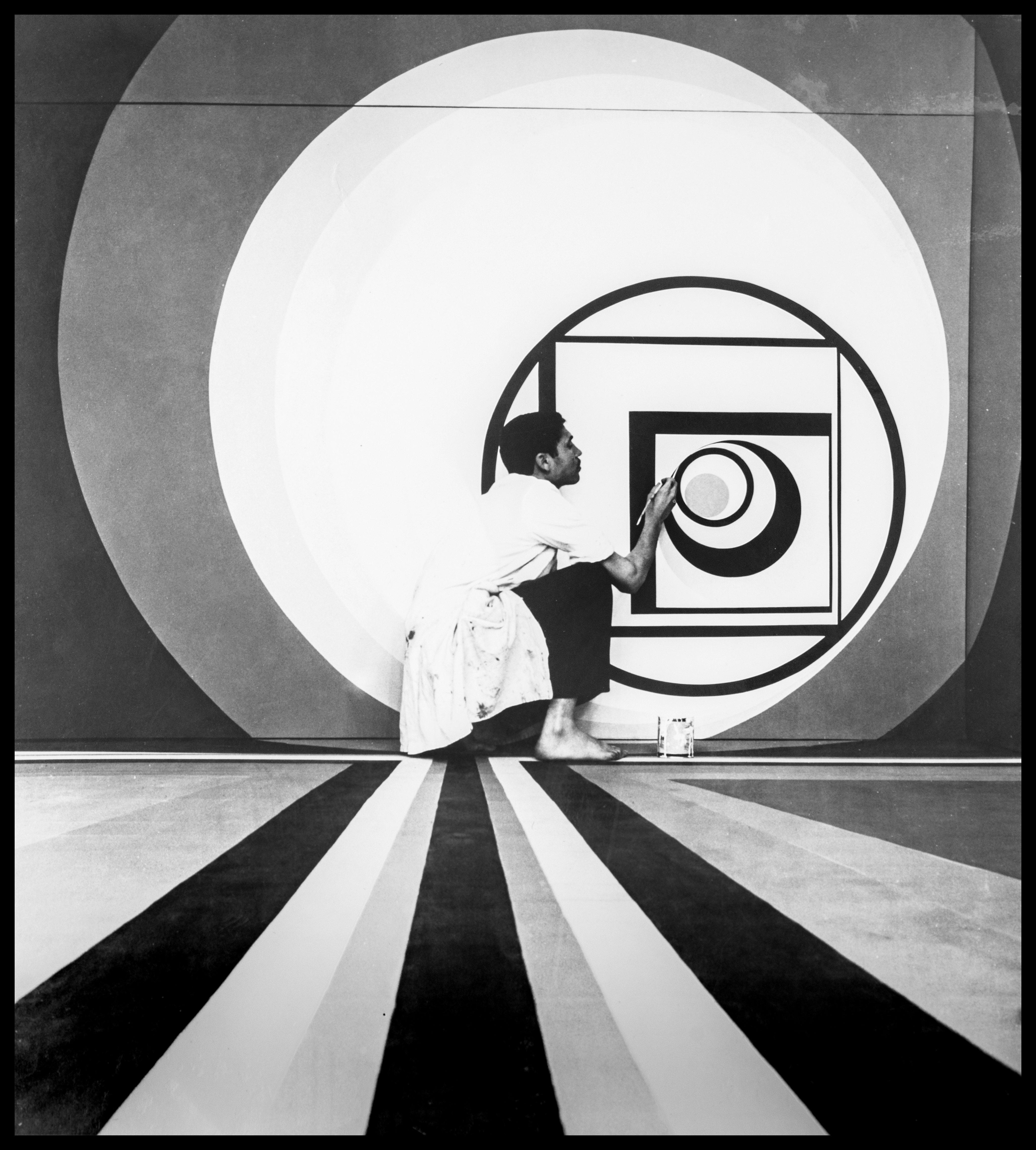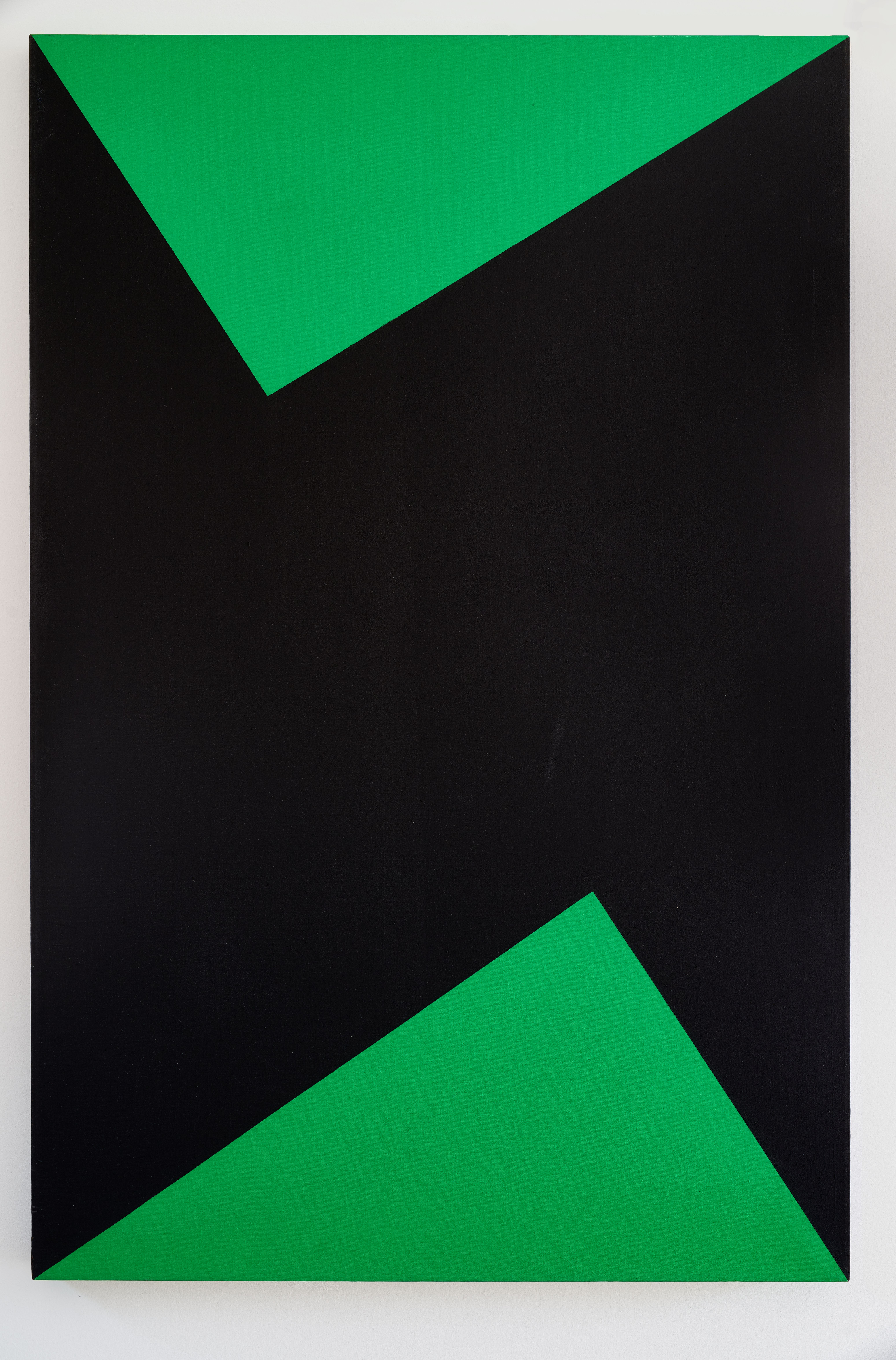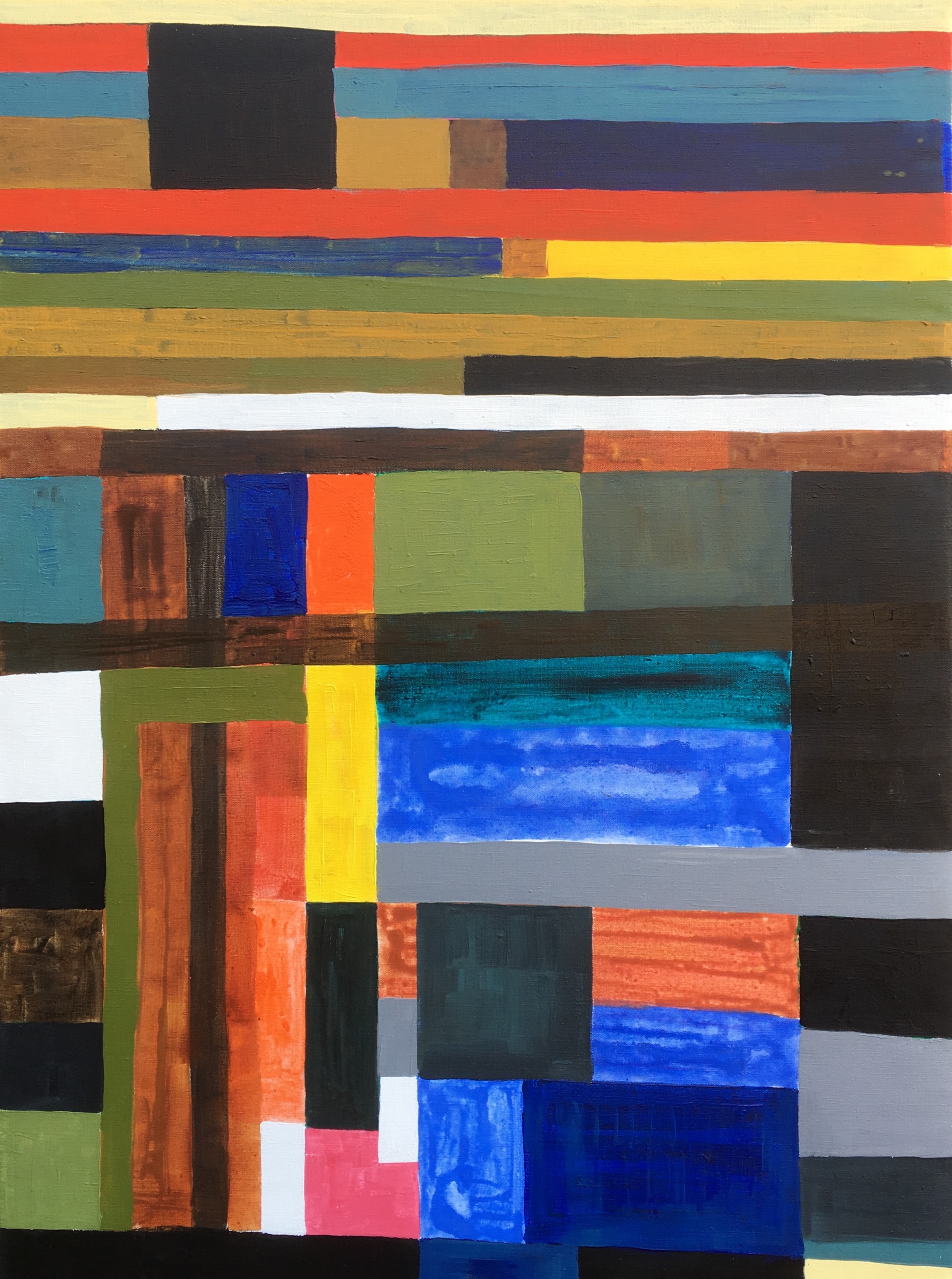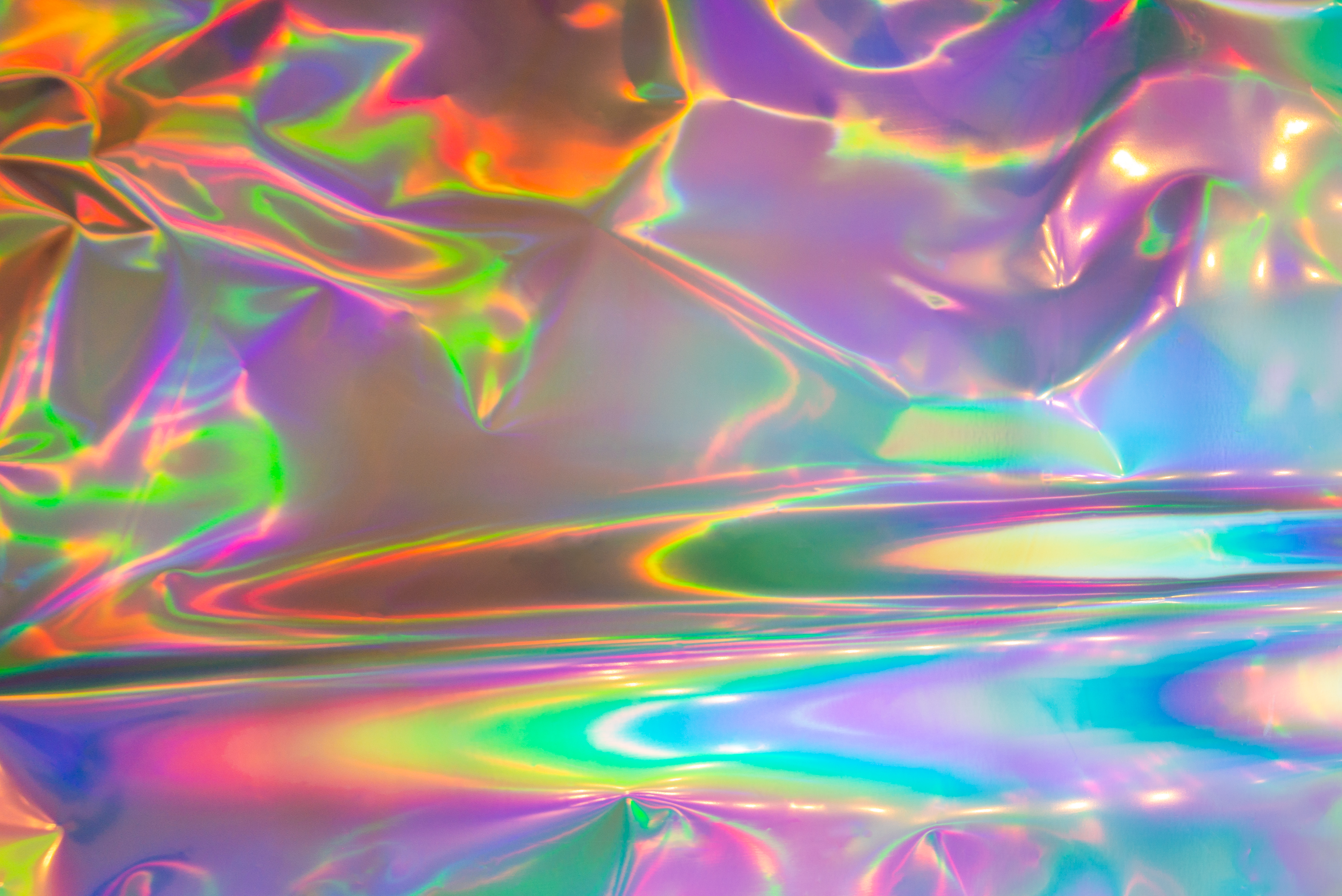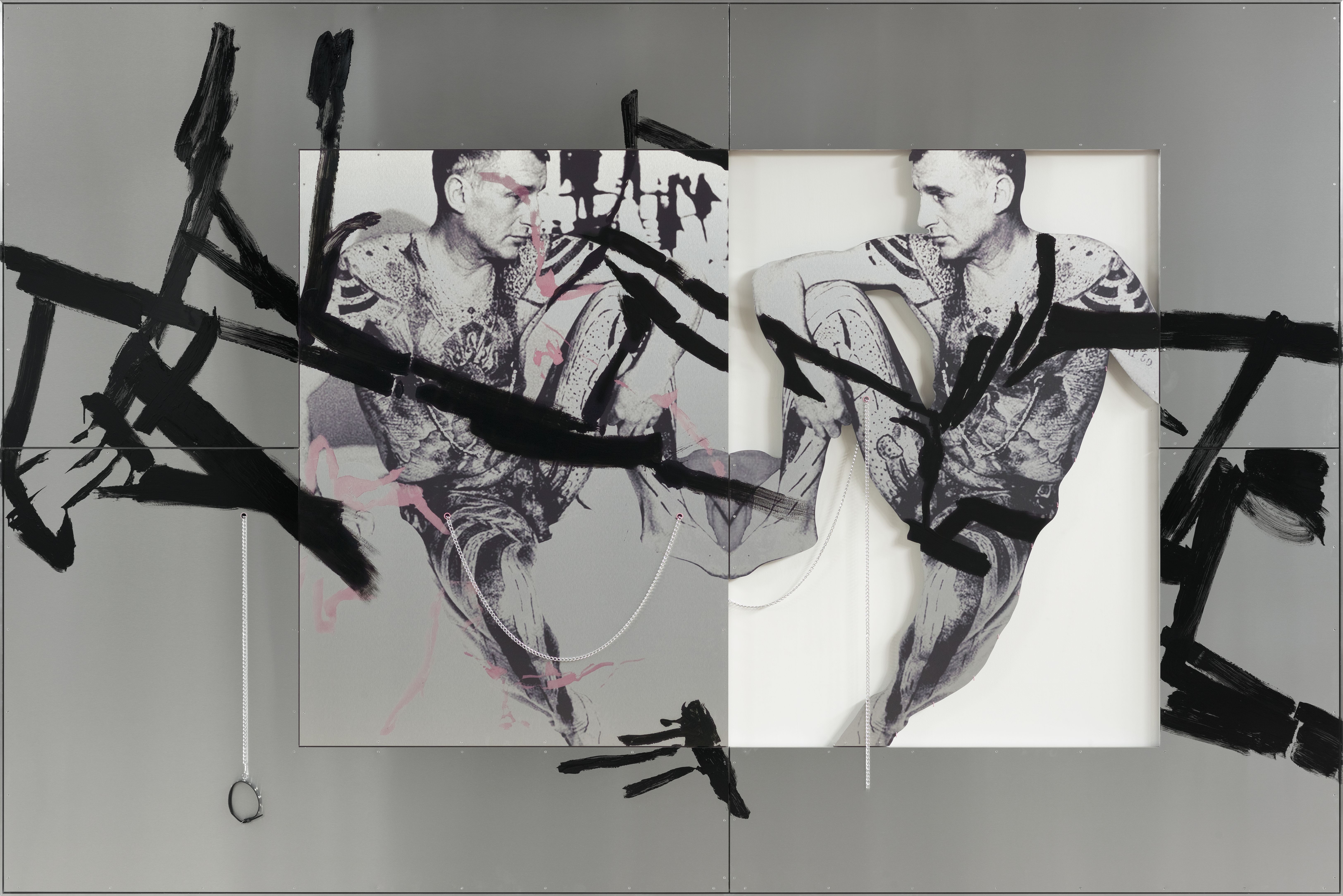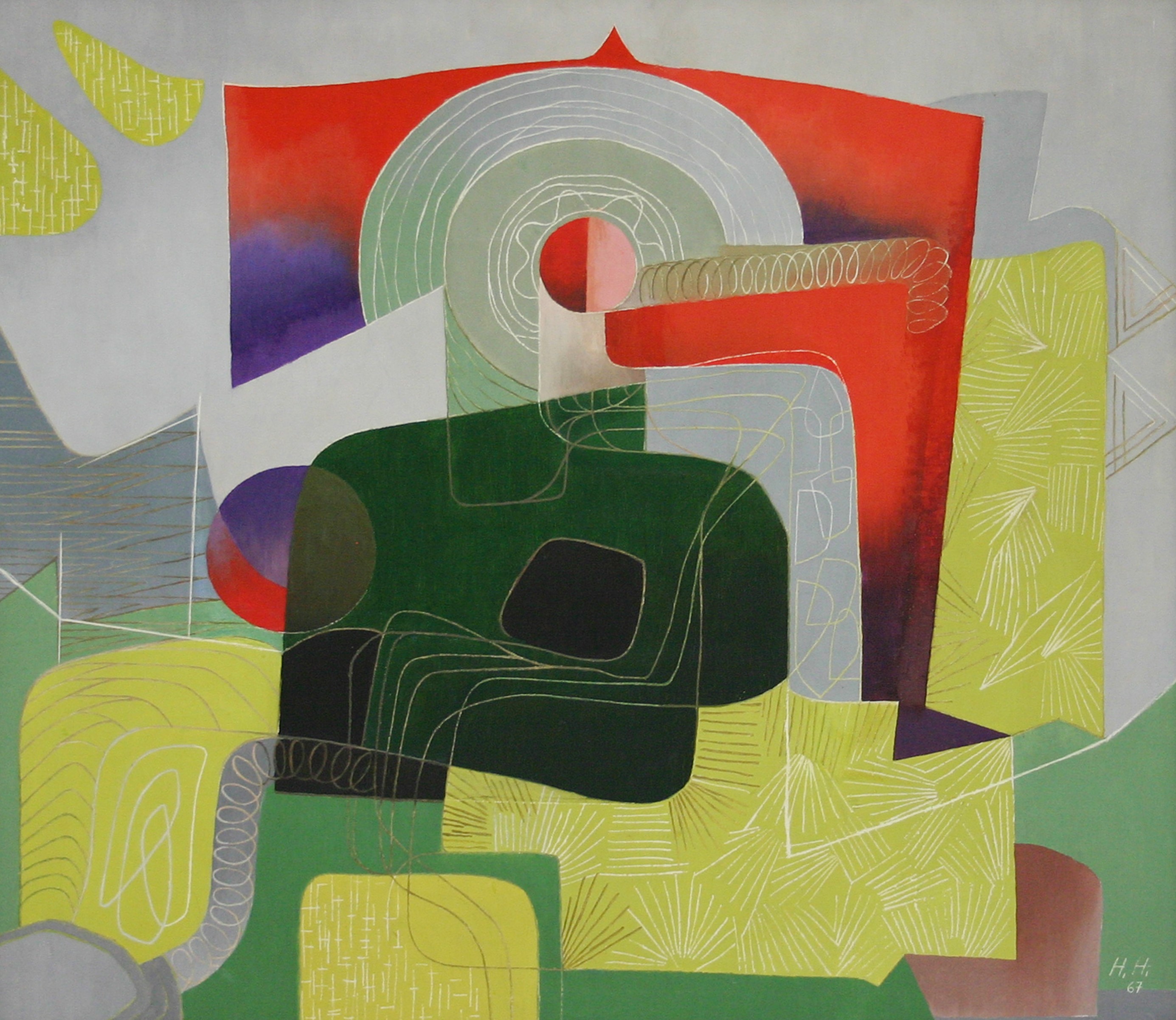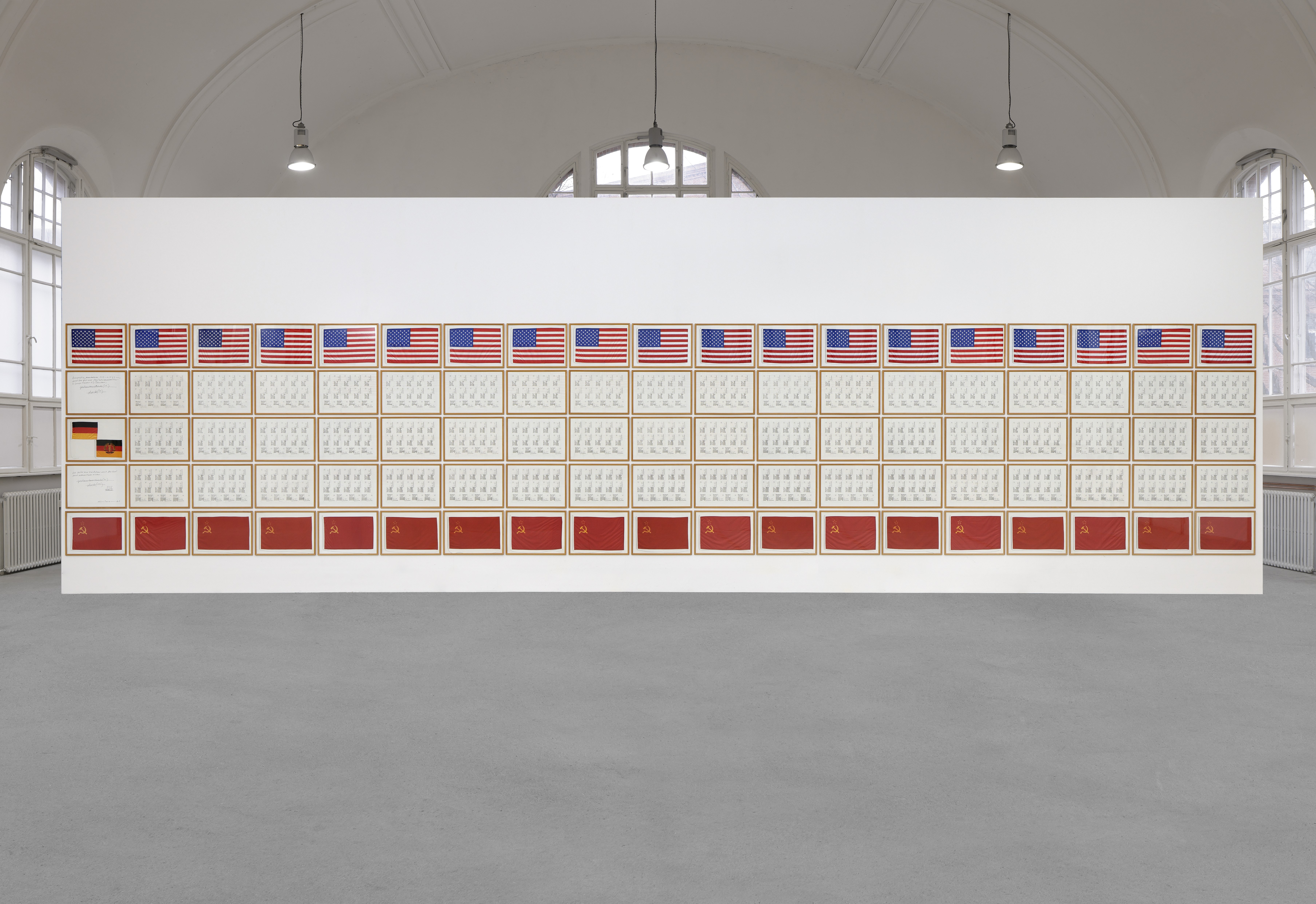October 1, 2022–January 15, 2023
Würzburg 97080
Germany
With the exhibition CONCRETE GLOBAL! the Museum im Kulturspeicher Würzburg takes up the idea of concrete art as a global phenomenon for the first time and examines its aesthetic manifestations, socio-political dimensions and its networks worldwide on the basis of key figures and works.
In 1943, the Uruguayan-Spanish artist Joaquín Torres García sketched an inverted map of America—América Invertida: in a provocation of the prevailing understanding, he now declared the North to be the South and the South to be the North. Torres García began to revolutionise the exclusive and rigid aesthetics of concrete and abstract art in Central Europe as early as the 1930s.
The ideas of constructive-concrete art since its development in the early 20th century not only formed a counter-movement to figurative art movements, but also an artistic means of developing visions of social futures. The “necessity of the concrete” initially expressed the search for universal languages in art, architecture and poetry. The further development of concretion after 1945 had several origins worldwide: in Europe, it is the experience of death and destruction through the Holocaust and the Second World War; in countries of the global South, it is the urge to form postcolonial societies. At that time, a universal abstract language often seemed necessary to artists as a counter-design to the reality of life and propaganda in totalitarian systems.
It is essential for the understanding of the global appearance of constructive-concrete art that these movements did not exclusively originate in the hegemonial centres of the Western world such as in Paris. Instead, non-objective, and geometrically defined languages of art also came to life in comparably peripheric European places such as Zurich or Ulm—and in cities in Central and Latin America, the Middle East, North and West Africa, and South and West Asia. In countries like Pakistan, Lebanon, Egypt, Morocco and Ghana, which had recently gained political independence, a new self-understanding emerged in which artists actively participated in a dialogue with the international tendencies of geometric and constructivist art.
These artists often started from similar reference systems as those developed in European modernism, such as the Bauhaus, Russian Constructivism and the De Stijl movement. However, they drew a line against the dogmatic programs of these predecessors und followed their own principles and indigenous influences. Progressive and culturally situated artistic concepts develop in the form of historical (in)simultaneities. Seen from a global perspective, concrete art already formed an alternative and locally specific history before and after 1945, beyond the Western narrative of “abstraction as a world language.”
Artists: Joaquín Torres García, Loló Soldevilla, Carmelo Arden Quin, Carmen Herrera, Saloua Raouda Choucair, Nikolai Kasak, María Freire, Mira Schendel, Lygia Clark, Lidy Prati, Rubem Valentim, Judith Lauand, Geraldo de Barros, Carlos Cruz-Diez, Jesús Rafael Soto, Menhat Helmy, Almir Mavignier, Ana Sacerdote, Elsa Gramcko, Mary Vieira, Augusto de Campos, Rasheed Aareen, Mohammed Chabâa, Samia Halaby, Eduardo Terrazas, Mohamed Melehi, Lenora de Barros, Atta Kwami
The exhibition is curated by Luisa Heese and Anke Kempkes.
Events, digital content, guided tours and workshops at kulturspeicher.de.
CONCRETE GLOBAL! Symposium: October 25–26, in cooperation with the Institute of Art History at the University of Würzburg international speakers are invited to examine the subject from different perspectives. Further information on the event here.
Funded by the Federal Cultural Foundation
Funded by the Federal Government Commissioner for Culture and the Media
Funded by Freundeskreis Kulturspeicher e.V.

